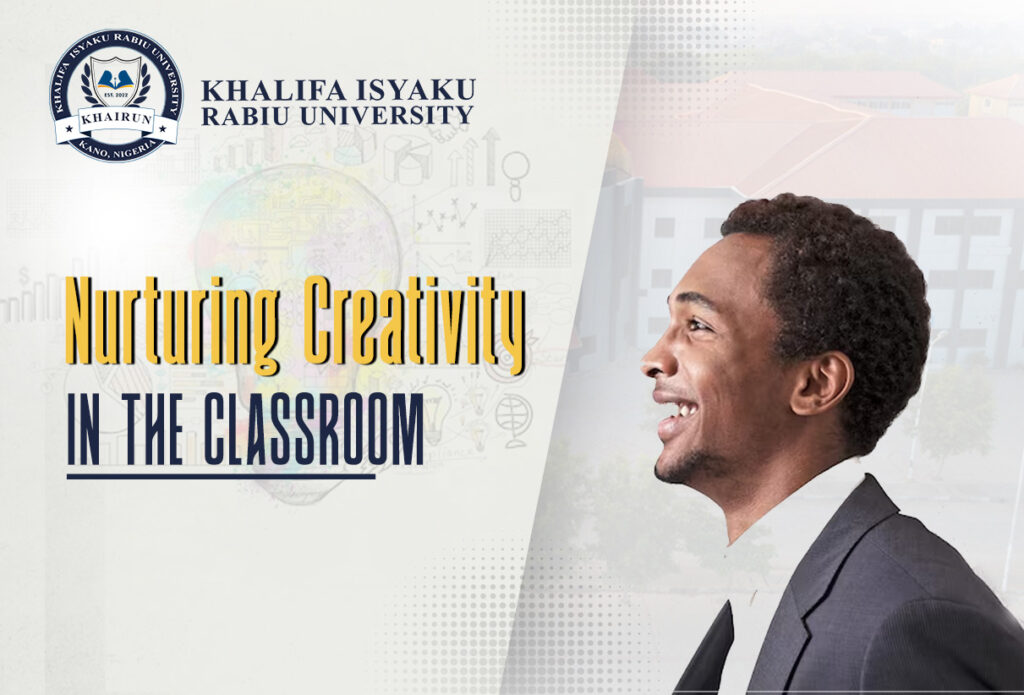
As educators, we understand the power of collaboration in the learning process. When students come together in groups, they have the opportunity not only to share knowledge but also to spark creativity collectively. Let’s take a look on how group learning can be harnessed as a potent tool for nurturing creativity in the classroom.
Strength in Diversity:
Group learning brings together students with diverse backgrounds, perspectives, and ideas. This diversity becomes a breeding ground for creativity, as students exchange viewpoints that can lead to innovative solutions and fresh approaches to challenges.
Encouraging Open Dialogue:
Within groups, students are more likely to engage in open dialogue and lively discussions. Encouraging them to express their thoughts freely fosters an atmosphere of creative thinking. Ideas flow more freely when students are comfortable bouncing ideas off one another.
Collaborative Problem Solving:
Assigning group projects that require collaborative problem-solving encourages students to pool their creative resources. This collaborative effort often results in solutions that are more comprehensive and well-rounded than individual efforts.
Peer-to-Peer Inspiration:
In a group setting, students inspire each other by showcasing their unique talents and skills. As they witness their peers’ creative thinking in action, they’re motivated to explore their own creativity further, leading to a positive feedback loop.
Learning from Mistakes:
When working in groups, mistakes become shared learning experiences. Students learn not only from their own missteps but from the group’s collective challenges. This nurtures a culture of resilience and continuous improvement, key factors in fostering creativity.
Brainstorming and Idea Generation:
Group brainstorming sessions generate a multitude of ideas in a short span of time. This rapid idea flow sparks creative thinking and encourages students to build upon each other’s suggestions, leading to the creation of novel and innovative solutions.
Skill Complementation:
Group learning allows students to leverage each other’s strengths. Some students might excel in research, others in design, and some in presentation. This skill complementation enriches the final outcome and encourages students to embrace their unique contributions.
Peer Review and Feedback:
Group members can provide constructive feedback on each other’s work. This peer review process not only improves the quality of the final product but also cultivates critical thinking and creativity as students evaluate and enhance each other’s ideas.

